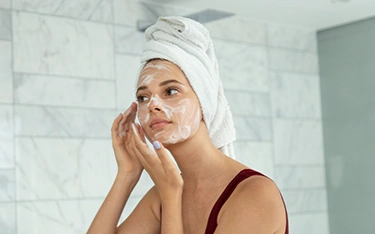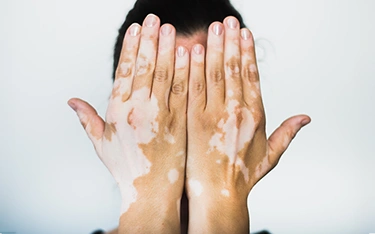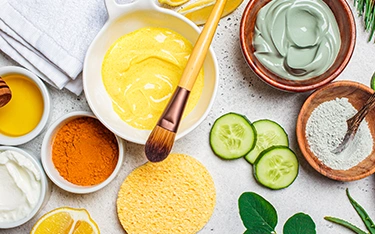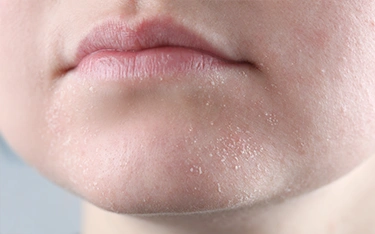FAQs
Some of the most common skincare mistakes include over-exfoliating, skipping moisturiser, using products not suited for your skin type, and neglecting sunscreen. These habits can damage your skin barrier, accelerate ageing, and increase sensitivity over time.
The Rule of 7 in skincare involves layering seven essential steps: cleanser, exfoliator or toner, essence, serum, eye cream, moisturiser, and sunscreen. This routine thoroughly cleanses, hydrates, nourishes, and shields the skin, promoting a healthy, radiant, and well-protected complexion every day.
The five skincare basics are cleansing to remove dirt, toning to balance pH, moisturising to lock in hydration, applying SPF for protection, and gentle exfoliation when needed. Together, they keep skin clean, hydrated, healthy, and shielded from environmental stressors.
No. Oily skin still needs proper hydration. Skipping moisturiser can actually cause your skin to overproduce oil. Choose a lightweight, non-comedogenic moisturiser that hydrates without clogging pores, keeping your skin balanced and preventing breakouts.
For most skin types, exfoliating 1–2 times per week is ideal to remove dead skin cells and boost radiance. Overdoing it can irritate the skin barrier, while under-exfoliating can lead to dullness and clogged pores.




